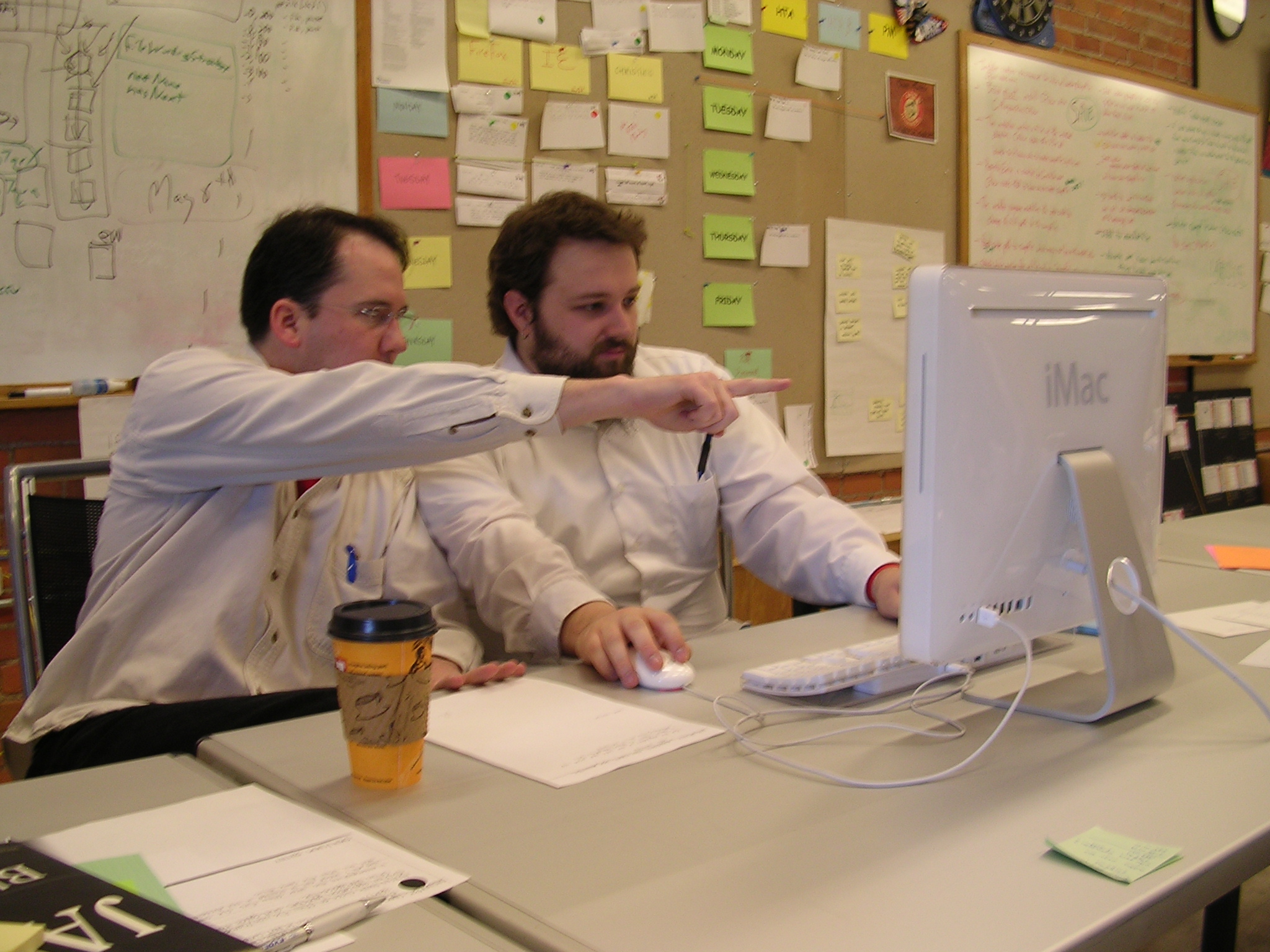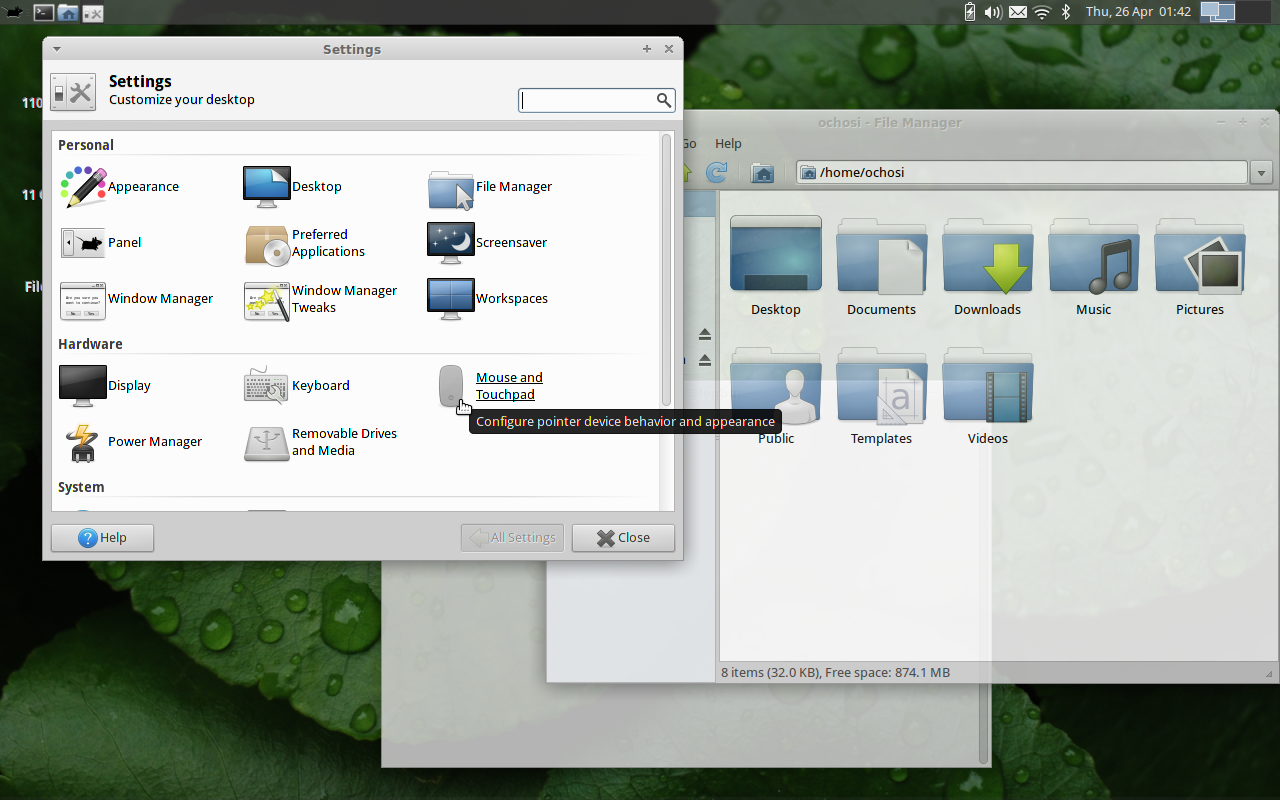|
Fitnesse
FitNesse is a web server, a wiki and an automated testing tool for software. It is based on Ward Cunningham's Framework for Integrated Test and is designed to support acceptance testing rather than unit testing in that it facilitates detailed readable description of system function. FitNesse allows users of a developed system to enter specially formatted input (its format is accessible to non-programmers). This input is interpreted, and tests are created automatically. These tests are then executed by the system and output is returned to the user. The advantage of this approach is very fast feedback from users. The developer of the system to be tested needs to provide some support (classes named "fixtures", conforming to certain conventions). FitNesse is written in Java (by Micah Martin with help from Robert C. Martin and others). The program first supported only Java, but versions for several other languages have been added over time ( C++, Python, Ruby, Delphi, C#, etc. ... [...More Info...] [...Related Items...] OR: [Wikipedia] [Google] [Baidu] |
Acceptance Testing
In engineering and its various subdisciplines, acceptance testing is a test conducted to determine if the requirements of a specification or contract are met. It may involve chemical tests, physical tests, or performance tests. In systems engineering, it may involve black-box testing performed on a system (for example: a piece of software, lots of manufactured mechanical parts, or batches of chemical products) prior to its delivery. In software testing, the ISTQB defines ''acceptance testing'' as: The final test in the QA lifecycle, user acceptance testing, is conducted just before the final release to assess whether the product or application can handle real-world scenarios. By replicating user behavior, it checks if the system satisfies business requirements and rejects changes if certain criteria are not met. Some forms of acceptance testing are, user acceptance testing (UAT), end-user testing, operational acceptance testing (OAT), acceptance test-driven developm ... [...More Info...] [...Related Items...] OR: [Wikipedia] [Google] [Baidu] |
Java (programming Language)
Java is a High-level programming language, high-level, General-purpose programming language, general-purpose, Memory safety, memory-safe, object-oriented programming, object-oriented programming language. It is intended to let programmers ''write once, run anywhere'' (Write once, run anywhere, WORA), meaning that compiler, compiled Java code can run on all platforms that support Java without the need to recompile. Java applications are typically compiled to Java bytecode, bytecode that can run on any Java virtual machine (JVM) regardless of the underlying computer architecture. The syntax (programming languages), syntax of Java is similar to C (programming language), C and C++, but has fewer low-level programming language, low-level facilities than either of them. The Java runtime provides dynamic capabilities (such as Reflective programming, reflection and runtime code modification) that are typically not available in traditional compiled languages. Java gained popularity sh ... [...More Info...] [...Related Items...] OR: [Wikipedia] [Google] [Baidu] |
Agile Software Development
Agile software development is an umbrella term for approaches to software development, developing software that reflect the values and principles agreed upon by ''The Agile Alliance'', a group of 17 software practitioners, in 2001. As documented in their ''Manifesto for Agile Software Development'' the practitioners value: * Individuals and interactions over processes and tools * Working software over comprehensive documentation * Customer collaboration over contract negotiation * Responding to change over following a plan The practitioners cite inspiration from new practices at the time including extreme programming, Scrum (software development), scrum, dynamic systems development method, adaptive software development and being sympathetic to the need for an alternative to documentation driven, heavyweight software development processes. Many software development practices emerged from the agile mindset. These agile-based practices, sometimes called ''Agile'' (with a capital ... [...More Info...] [...Related Items...] OR: [Wikipedia] [Google] [Baidu] |
Black-box Test
Black-box testing, sometimes referred to as specification-based testing, is a method of software testing that examines the functionality of an application without peering into its internal structures or workings. This method of test can be applied virtually to every level of software testing: unit, integration, system and acceptance. Black-box testing is also used as a method in penetration testing, where an ethical hacker simulates an external hacking or cyber warfare attack with no knowledge of the system being attacked. Test procedures Specification-based testing aims to test the functionality of software according to the applicable requirements. This level of testing usually requires thorough test cases to be provided to the tester, who then can simply verify that for a given input, the output value (or behavior), either "is" or "is not" the same as the expected value specified in the test case. Specific knowledge of the application's code, internal structure and programming ... [...More Info...] [...Related Items...] OR: [Wikipedia] [Google] [Baidu] |
Test Fixture
A test fixture is a device used to consistently test some item, device, or piece of software. Test fixtures are used in the testing of electronics, software and physical devices. Electronics In testing electronic equipment such as circuit boards, electronic components, and chips, a test fixture is a device or setup designed to hold the device under test in place and allow it to be tested by being subjected to controlled electronic test signals. Examples are a bed of nails tester or smart fixture. Test fixtures can come in different shapes, sizes, and functions. There are several different types of test fixtures, including In-circuit testing, In-Circuit Test Fixtures, Functional testing (manufacturing), Functional Test Fixtures, and Wireless Test Fixtures. In Circuit Test (ICT) fixtures individually test each component on a Printed circuit board, PCB, while functional test fixtures assess the entire board's functionality. Functional test fixtures simulate real-world conditions ... [...More Info...] [...Related Items...] OR: [Wikipedia] [Google] [Baidu] |
Revision History
A changelog (also spelled change log) is a log or record of all notable changes made to a project. The project is often a website or software project, and the changelog usually includes records of changes such as bug fixes, new features, etc. Some open-source projects include a changelog as one of the top-level files in their distribution. A changelog has historically included all changes made to a project. An alternative approach has been suggested that the log should instead contain "a curated, chronologically ordered list of notable changes for each version of a project" and should not be a "dump" of a git log "because this helps nobody". Although the GNU ( Automake) canonical naming convention for the file is ''ChangeLog'', it is sometimes alternatively named as ''CHANGES'' or ''HISTORY'' (''NEWS'' is usually a different file reflecting changes between releases, not between the commits). Another convention is to call it a ''CHANGELOG''. Some project maintainers will appen ... [...More Info...] [...Related Items...] OR: [Wikipedia] [Google] [Baidu] |
Search Engine
A search engine is a software system that provides hyperlinks to web pages, and other relevant information on World Wide Web, the Web in response to a user's web query, query. The user enters a query in a web browser or a mobile app, and the search engine results page, search results are typically presented as a list of hyperlinks accompanied by textual summaries and images. Users also have the option of limiting a search to specific types of results, such as images, videos, or news. For a search provider, its software engine, engine is part of a distributed computing system that can encompass many data centers throughout the world. The speed and accuracy of an engine's response to a query are based on a complex system of Search engine indexing, indexing that is continuously updated by automated web crawlers. This can include data mining the Computer file, files and databases stored on web servers, although some content is deep web, not accessible to crawlers. There have been ma ... [...More Info...] [...Related Items...] OR: [Wikipedia] [Google] [Baidu] |
JavaScript
JavaScript (), often abbreviated as JS, is a programming language and core technology of the World Wide Web, alongside HTML and CSS. Ninety-nine percent of websites use JavaScript on the client side for webpage behavior. Web browsers have a dedicated JavaScript engine that executes the client code. These engines are also utilized in some servers and a variety of apps. The most popular runtime system for non-browser usage is Node.js. JavaScript is a high-level, often just-in-time–compiled language that conforms to the ECMAScript standard. It has dynamic typing, prototype-based object-orientation, and first-class functions. It is multi-paradigm, supporting event-driven, functional, and imperative programming styles. It has application programming interfaces (APIs) for working with text, dates, regular expressions, standard data structures, and the Document Object Model (DOM). The ECMAScript standard does not include any input/output (I/O), such as netwo ... [...More Info...] [...Related Items...] OR: [Wikipedia] [Google] [Baidu] |
Style Sheet (web Development)
A web style sheet is a form of separation of content and presentation for web design in which the markup (i.e., HTML or XHTML) of a webpage contains the page's semantic content and structure, but does not define its visual layout (style). Instead, the style is defined in an external style sheet file using a style sheet language such as CSS or XSLT. This design approach is identified as a "separation" because it largely supersedes the antecedent methodology in which a page's markup defined both style and structure. The philosophy underlying this methodology is a specific case of separation of concerns. Benefits Separation of style and content has advantages, but has only become practical after improvements in popular web browsers' CSS implementations. Speed Overall, users experience of a site utilising style sheets will generally be quicker than sites that don’t use the technology. ‘Overall’ as the first page will probably load more slowly – because the style sheet ... [...More Info...] [...Related Items...] OR: [Wikipedia] [Google] [Baidu] |
Jar File
A JAR ("Java archive") file is a package file format typically used to aggregate many Java class files and associated metadata and resources (text, images, etc.) into one file for distribution. JAR files are archive files that include a Java-specific manifest file. They are built on the ZIP format and typically have a .jar file extension. Design A JAR file allows Java runtimes to efficiently deploy an entire application, including its classes and their associated resources, in a single request. JAR file elements may be compressed, shortening download times. A JAR file may contain a manifest file, that is located at META-INF/MANIFEST.MF. The entries in the manifest file describe how to use the JAR file. For instance, a Classpath entry can be used to specify other JAR files to load with the JAR. Extraction The contents of a file may be extracted using any archive extraction software that supports the ZIP format, or the jar command line utility provided by the Java Development ... [...More Info...] [...Related Items...] OR: [Wikipedia] [Google] [Baidu] |
User Interface
In the industrial design field of human–computer interaction, a user interface (UI) is the space where interactions between humans and machines occur. The goal of this interaction is to allow effective operation and control of the machine from the human end, while the machine simultaneously feeds back information that aids the operators' decision-making process. Examples of this broad concept of user interfaces include the interactive aspects of computer operating systems, hand tools, heavy machinery operator controls and Unit operation, process controls. The design considerations applicable when creating user interfaces are related to, or involve such disciplines as, ergonomics and psychology. Generally, the goal of user interface design is to produce a user interface that makes it easy, efficient, and enjoyable (user-friendly) to operate a machine in the way which produces the desired result (i.e. maximum usability). This generally means that the operator needs to provide mi ... [...More Info...] [...Related Items...] OR: [Wikipedia] [Google] [Baidu] |


